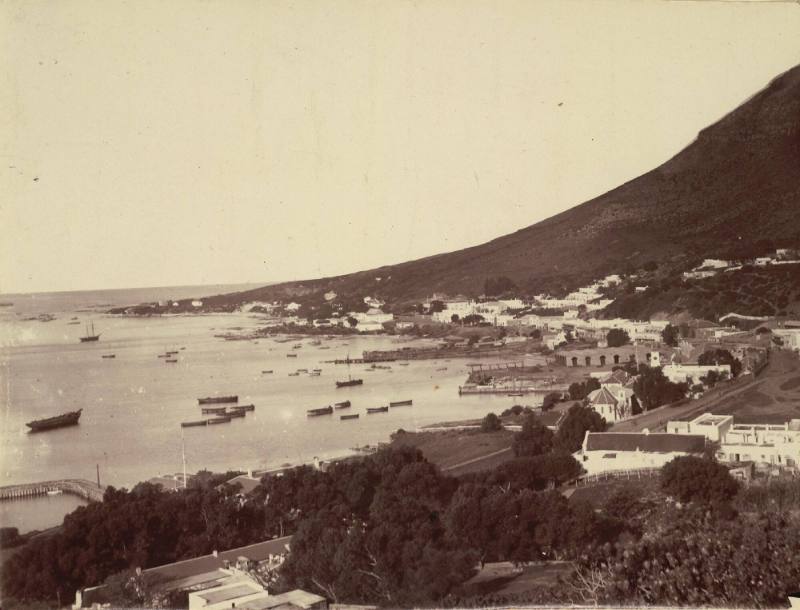
Object Details
Artist
Baron Raimund von Stillfried
Date
1871–81
Medium
Albumen print with applied color
Dimensions
Image: 10 × 8 inches (25.4 × 20.3 cm)
Sheet: 15 × 12 inches (38.1 × 30.5 cm)
Credit Line
Gift of Mr. and Mrs. Clark Worswick
Object
Number
86.140.081
The Meiji Restoration of 1868 ended the Japanese Tokugawa (Edo) era. The new government aimed to mak(…)
The Meiji Restoration of 1868 ended the Japanese Tokugawa (Edo) era. The new government aimed to make Japan a democratic state with equality among all its people. Photographers of the Meiji period (1868–1912) captured cultural traditions, recorded celebrated lives, and provided fascinating views into the emergent identities at a moment of unprecedented change in Japanese society. They photographed the serene and beautiful country landscapes, featuring subjects such as Mount Fuji and Lake Hakone, simple teahouses, and elaborate temples. Portraits were also produced of street musicians, tattooed farmers, and samurai warriors, not as specific individuals but stylized representations of social classes.Some albumen prints, photographed and tinted with watercolor by Western artists, are the very first examples of high-quality hand-colored photographs in Japan. For the Japanese, these prints were a perfect souvenir for Western travelers looking to collect cultural and artistic objects of Japan. (“15 Minutes: Exposing Dimensions of Fame,” curated by undergraduate members of Cornell’s History of Art Major’s Society and presented at the Johnson Museum April 16 – July 24, 2016)












